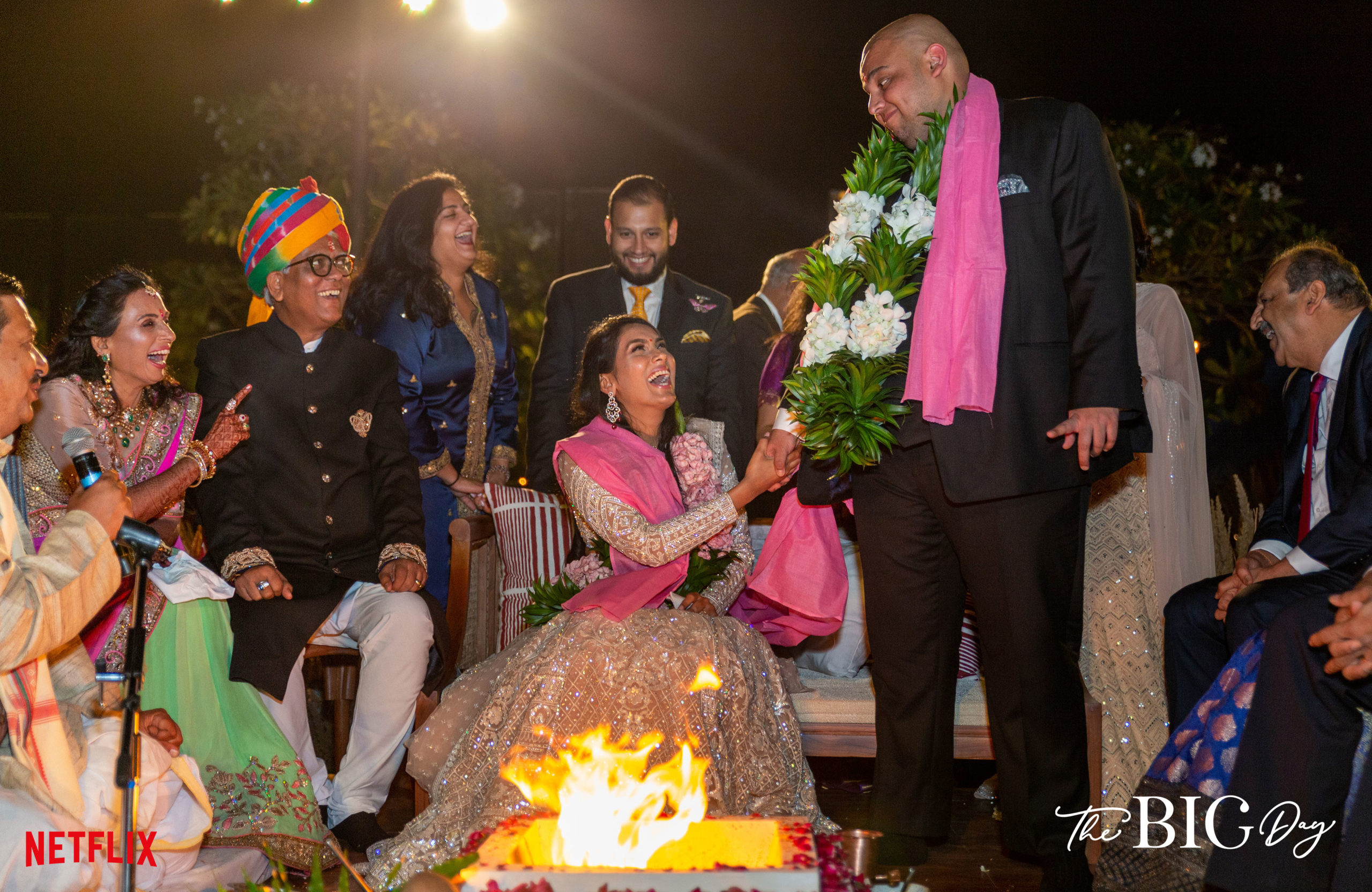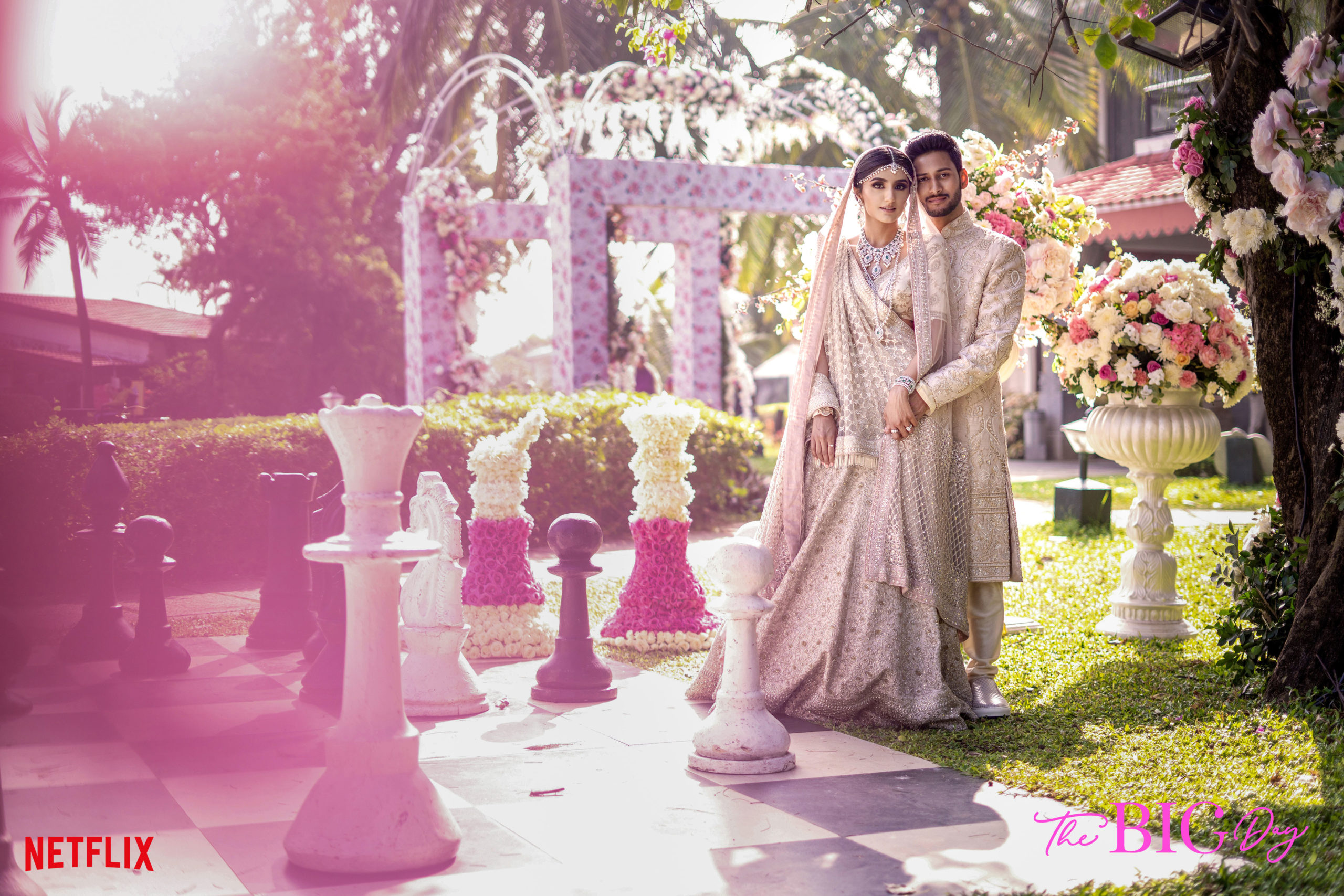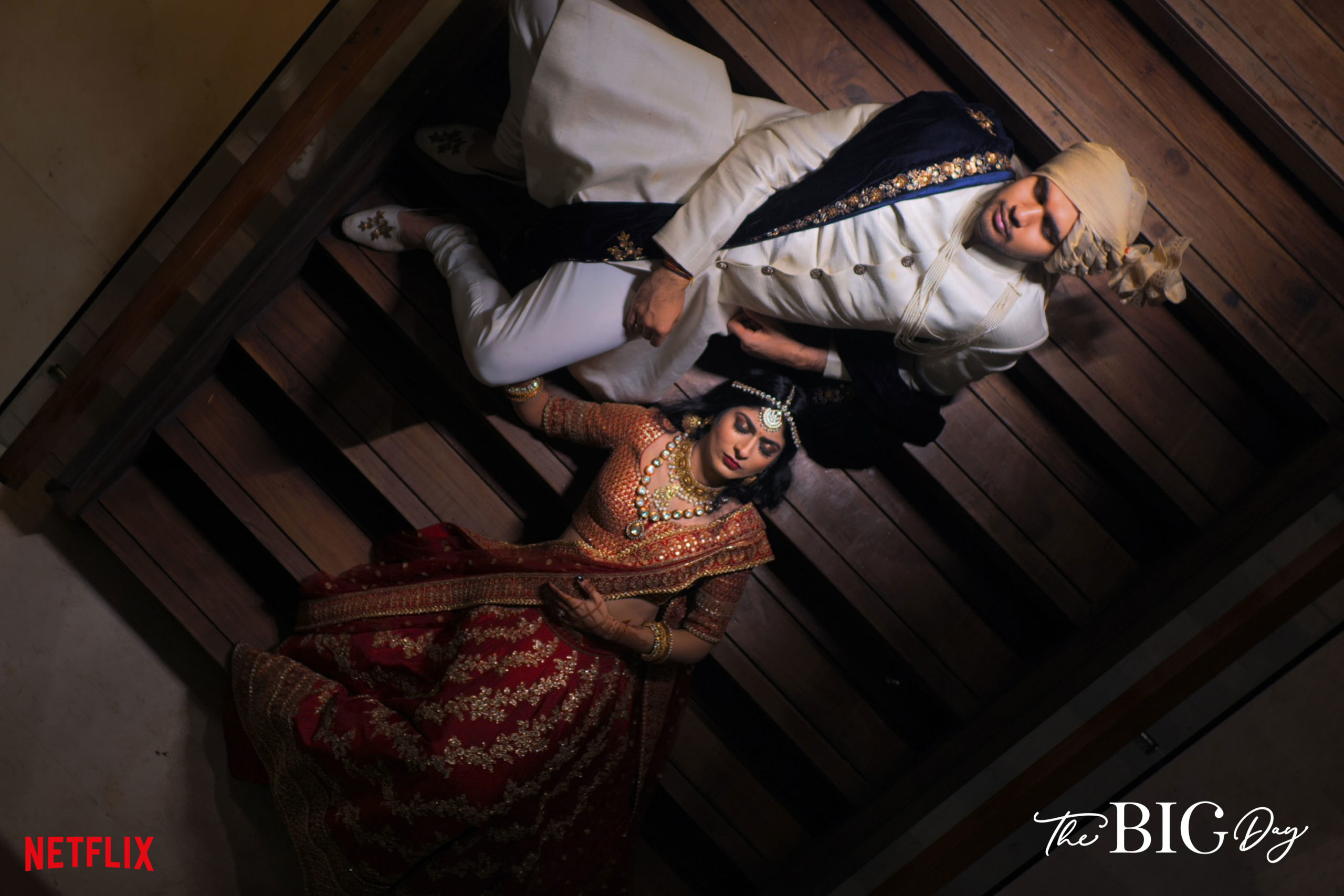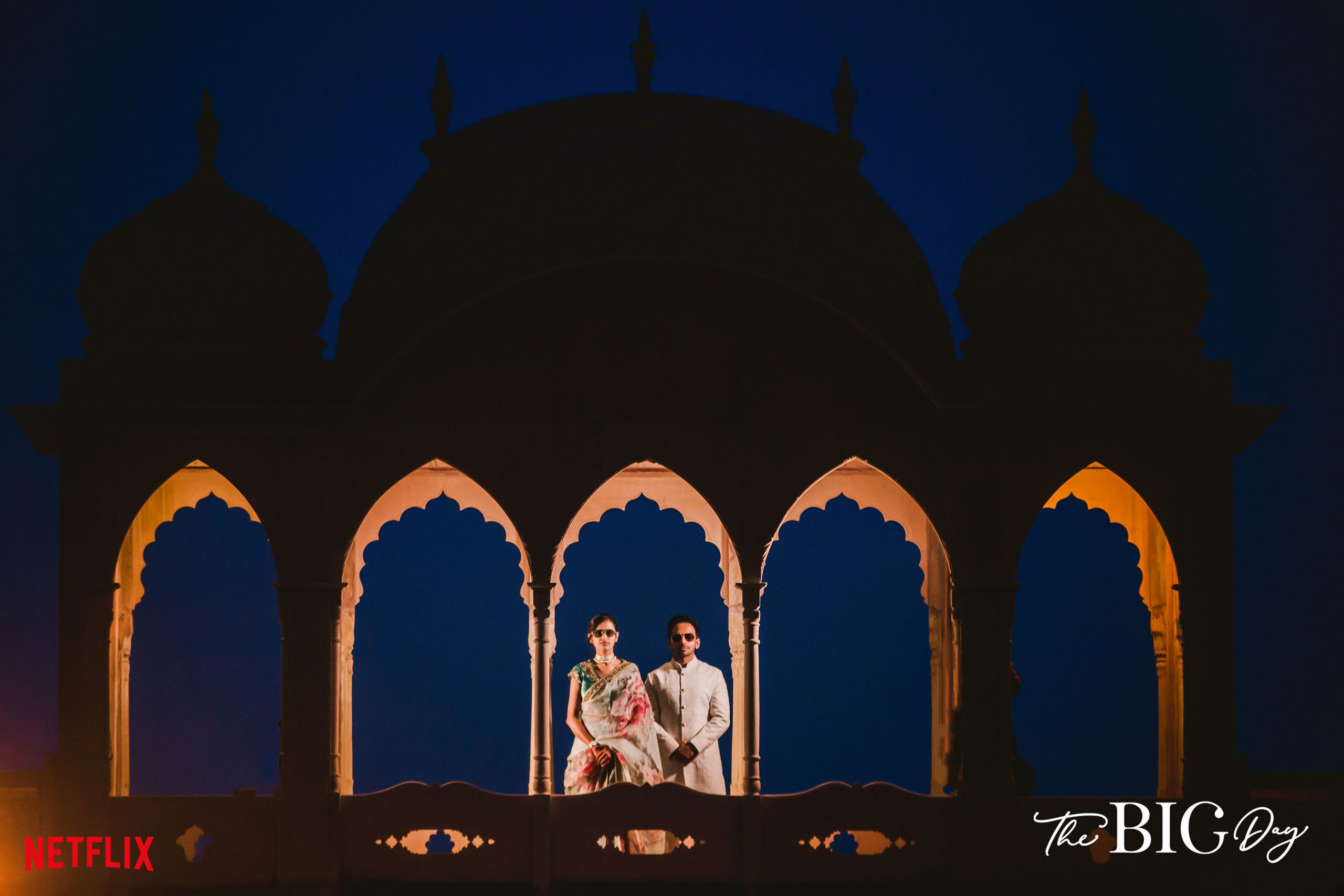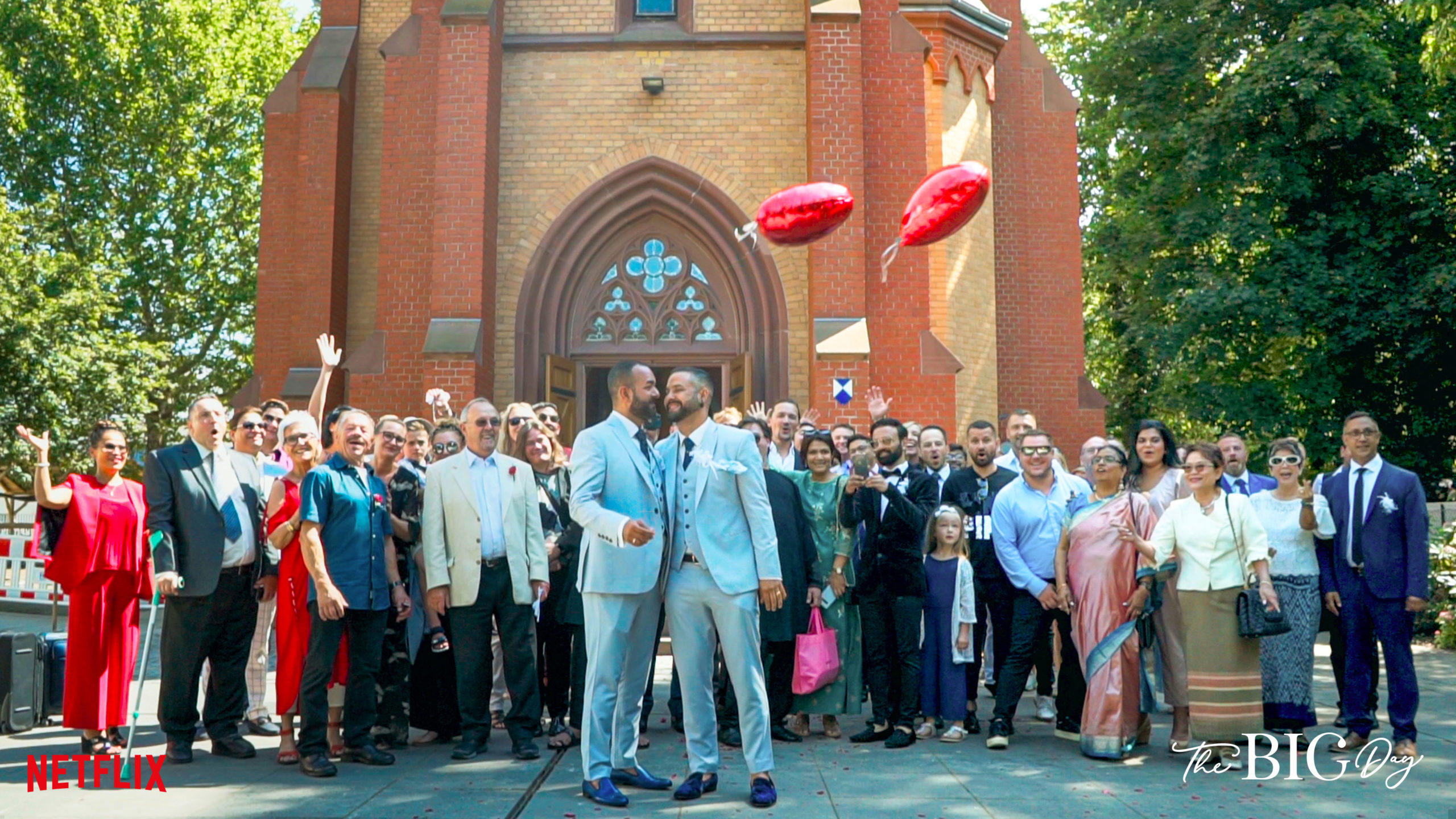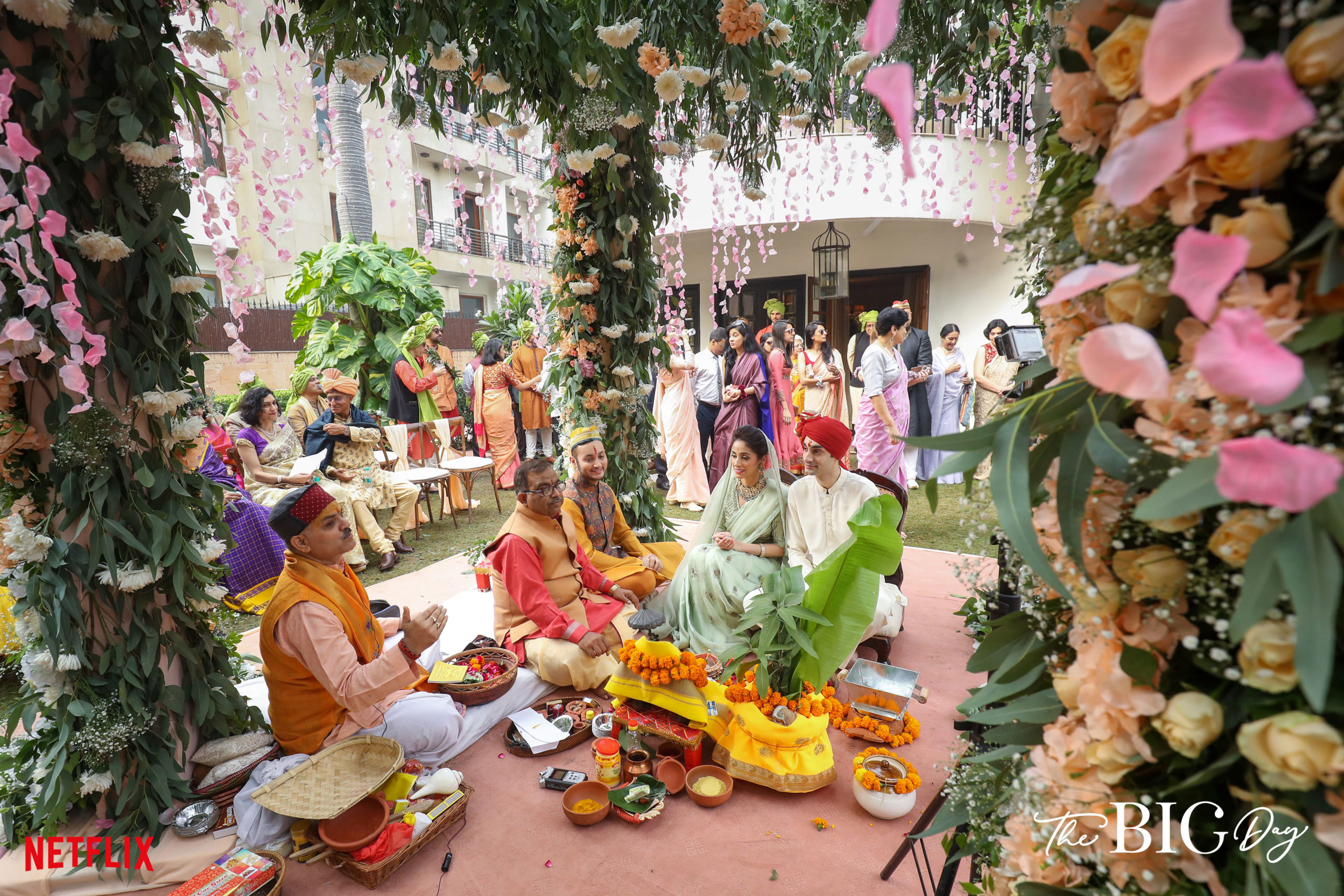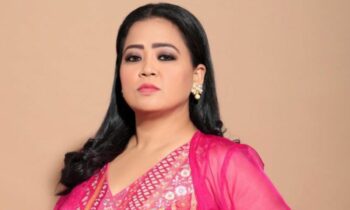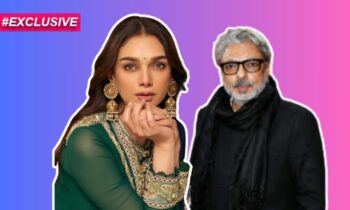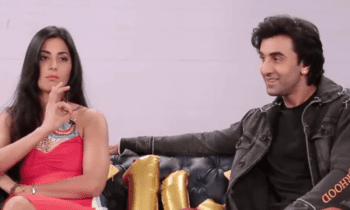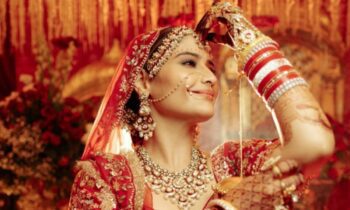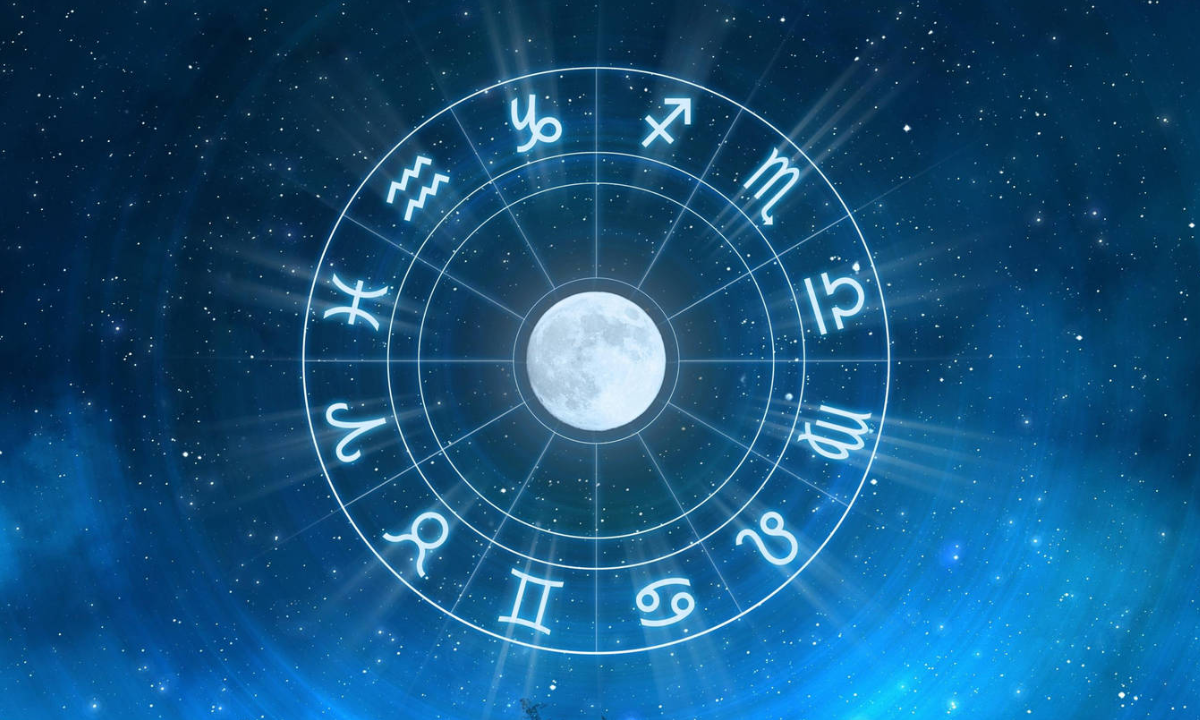The Big Day Review: The Show Is Basically A Showcase Of A Big, Fat Indian Wedding. It Called Me Poor And Unprepared In 7 Languages
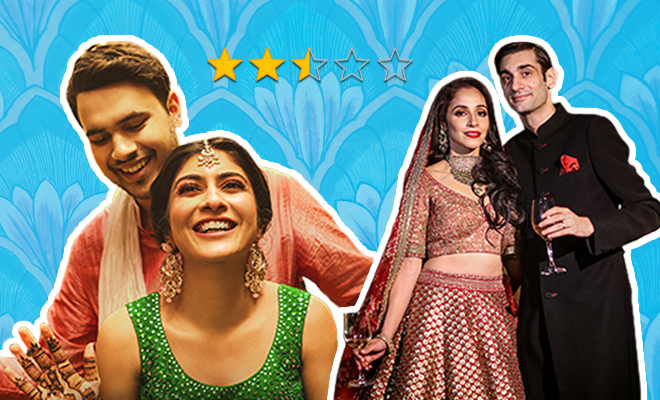
At the end of the second episode of The Big Day, one of the brides, Pallavi, remarks that we’re always told a wedding is the most important day of our lives, but it’s really not. Unfortunately, rather than it being some profound epiphany, this statement only contradicts the whole purpose of the show it is in. And that’s just one of the many instances of contradiction that you’ll find in this series that showcases six extravagant weddings for a seemingly ‘deep dive’ into the multi-billion dollar wedding industry in India. With just three episode featuring six couples (two in each episode), The Big Day falls short of making said deep dive, or any substantial point, for that matter. Instead it just looks pretty, makes a few token efforts at smashing the patriarchy and calls you poor in seven languages, including Sanskrit.
*Shubha Mangala Saaavdhan*
The Big Day, is produced by Condé Nast India and directed by Ashish Sawhey, Aakriti Mehta and Faraz Arif Ansari.
View this post on Instagram
Fabulous Lives of Rich Soon-to-be Wives
The Big Day is the first of a two-part docuseries that features six couples on the brink of saying “I do”. It takes us through selective aspects of the planning, conceptualisation and execution of their big fat Indian wedding. The show’s synopsis has made it explicit that these are extravagant weddings, so if you’re someone who cannot tolerate rich people in a massive display of their wealth, then this isn’t for you. Know this that they’ve got it—money and looks—and they’re going to flaunt it.
We meet the couples, two per episode, and their parallel stories are united by the episode’s theme. In Episode 1, we’ve got two extravagant themed weddings. While Nikihita and Mukund are sparing no expense to pull of the fanciest shindig in town with themed nights and multiple functions, Divya and Aman are spending a mini fortune to try and custom-build a sustainable wedding.
In Episode 2, we get a look at what weddings with a Type A bride commandeering the ship look like. We’ve got two couples—Ami and Nitin, and Pallavi and Rajat—who are both (I think) school sweethearts. The grooms have both left the entire planning to the brides, both of whom are keen on not just speaking their minds and getting everything they want their way, but also wanting to chop off any regressive, patriarchal customs that come in their way.
And finally, in Episode 3, we’ve got Gayeti and Aditya as one couple, and Daniel and Tyrone as another. And through their stories, we get a look at how the modern Indian wedding is evolving beyond prejudices and still finding a way to be connected to tradition. Swee-eet.
Also Read: ‘The Big Day’ Trailer: Do You Take This Netflix Show, In Binge And In Cringe, As Your Next Watch? I Do.
This show is a bad marriage of contradictions, which makes it really difficult to understand what it is trying to say. And I blame the direction for this.
Let me get this out of the way that I have very little issues with the third episode, because it felt like the least embellished one, and therefore the most simple and elegant. But the first two episodes, I really didn’t know how to feel about them.
The extravagant yet sustainable wedding was anything but that. Sure, they used local vendors, and they had post-wedding disposal plans for everything that was used in the wedding. But then, suddenly, we’ve got someone coming in and saying there’s so much variety of food here that even if a person tasted one bite of every dish, it was enough to keep them full for two days. I know exaggeration is the order of the day, but why would you choose to flex this bit when you’re talking about sustainability, sir? You can account for the food that didn’t get eaten at all, because that can be given away. But what about the food that is in the plates and then thrown away because everybody wanted to taste everything?
Let’s also not forget that a lot of things for this wedding were custom-made, which again was proudly highlighted by the uncle who made the furniture on the bride’s request. So, umm, we will recycle and reuse, but only after we’ve made new things instead of using what’s already available?
And the fact that so much prominence was given to using local artisans and karigars for the shaadi, but the bride’s lehengas is still designer. And the carbon emissions of having 1500 guests travelling to the wedding?
The contradiction continues with the second couple, Nikhita and Mukund, who I believe where put in only to show the crazy extremes to which rich people will go to, to indulge their whims. The NRI bride waxed eloquent about choosing Chennai to have her wedding because she wanted to connect to her roots, her deceased grandfather and alive grandmother. So she brought the wedding to India but ended up choosing themes like Alice In Wonderland and Royal Opera? Umm, ma’am you’ve missed the point by a long shot there. Just placing a banana leaf on dinner plates and having Bollywood lookalikes at your sangeet could’ve been done in US also!
Now, I am trying hard not to criticise these couples, because you know what? It’s their special day, they can go crazy with it. But maybe if their stories were presented with a little integrity, and not like you wanted the audience to see the ostentatiousness of it and realise it is ridiculous, that would’ve been better?
Like with Indian Matchmaking, you could see that the show was actually sassing the absurd demands of people in arranged marriages. But now it feels like Netflix has realised people get off on judging others for being so OTT, they decided to take the most OTT thing there is and make a show out of it!
Also Read: 5 Thoughts I Had About Netflix’s ‘Bombay Begums’ Trailer: Pooja Bhatt And The Begums Exude Power And We’re So Ready
Smashing the patriarchy and gender stereotypes, but not really?
The biggest oxymoron in this entire show was that it was trying hard to add a touch of modern to patriarchy. But again, that could just be me. Stay with me on this, okay.
In India, the traditional Hindu wedding is all about the ladkiwale doing everything. Because in old times, the wedding venue wasn’t Lake Como, but ghar ka aangan. So if it’s your house, naturally you’d want things your own way. Plus, the baaraat would come from all the way another village or state, so you couldn’t expect the ladkewalas to be of any help. Back then, this logic worked, because weddings were small, homely events and dowry wasn’t a social evil but streedhan.
What Indian weddings have become since then is an absolute perversion of that idea. But here’s the bigger problem, the fact that the wedding has to be such a hugely important milestone and something a girl needs to want to be absolute perfection is actually a kind of gender stereotyping in itself. In fact, I believe. that the entire concept of having a wedding on such a scale is regressive and patriarchal, so no matter how many modifications you make to it, you cannot take away from that, can you?
And still the Type A brides try to do it here. I sincerely appreciate their efforts, and I got a few ideas for my own wedding (most of which will probably get shut down by my Brahmin fam). However, somewhere in the storytelling, it didn’t come across as serious. Like Pallavi pointed out, it felt like very measly efforts in trying to make sense of the hype around marriage, which in itself is a regressive concept.
Take, for example, four of the weddings have the bride taking charge of what she wants. The grooms are shown to be supportive and going on about how if someone is better at doing something, they should be allowed to do it. None of those grooms seem interested in making any decisions, which TBH, is not that progressive, is it? Where is my groom who is more invested in the choice of varmala flowers? Or who is running around with the bride and helping her oversee preparations? Attending meetings with the wedding planner and fighting over what song will be played during the sangeet?
I really didn’t know what to feel about the Type A bride episode. Because on the one hand, it was nice to see that the women were owning it like queens. But on the other, by portraying them in a certain way, and constantly having them and the others around them justify that it was okay if they were so neurotic and controlling, it felt like they were trying really hard. They had the bride’s brother on camera saying that his sister, the bride, shut down his choices of what he wanted to wear and what song he wanted to perform on and surprise her with. I didn’t know how to react to any of that. Are we saying Type A brides are good? They’re okay? They shouldn’t be and need to chill the F down? What are we saying?
Also Read: EXCLUSIVE! Aparna Shewakramani On Indian Matchmaking, The Sexism Debate And Why ‘Stubborn’ Is Actually A Compliment
Reiterating that money can buy happiness
The most important brief for all these weddings from the couples, was that they wanted to be able to enjoy their special day fully. But let’s be honest, for weddings of this stature, that is only possible if you are rich and have all these resources at your disposal.
In Episode 1, we see Nikhita sit in this conference room (that had a seating card for her!) and discuss what she did and did not want in the wedding. When you have so many people running around, doing things for you, of course, you’re going to enjoy your wedding! Ami actually said she likes building pressure on the event organisers so she lies to them that she’s ready, so they can work faster and better under pressure. Her job feels simple then! Again, *blank face*.
At one point, I felt like when the bride was shown to be incharge of the whole thing, and allowed to be as ‘anal’ as she wanted was because the girl was probably earning as much or more than the guy. Basically, it all came down to who was wielding the money.
The promised deep dive that never came
Weddings are crazy. And I wish that we could’ve been shown how completely neurotic it is to plan and execute one of this size and extravagance. Particularly from the wedding planner’s perspective. In an episode, one of the wedding planners said that this particular bride would’t speak to you if you didn’t come to her with an excel sheet. At another point they said she’s a dream and a nightmare rolled into one. But that just is superficial information. Where is the ‘deep dive’ that talks about the obstacles, about the issues behind the scenes, and about clashing egos and accommodating special requests and needs? I want to know more about the progressive pandits who modified the ceremony. I want to see how these couples convinced parents to go with their ideas.
These weddings were all love marriages, with the couple and their families having had enough time to adjust to each other. I dare you to show me such a smooth-sailing wedding with no back-and-forth in an arranged marriage, where the couples and their families are really new to each other.
When the rich and famous get married, that’s where so much is happening! This feels like a missed perfect chance to seize and show the drama that goes on behind the great Indian wedding. We need to see, instead, a show on DIY sustainable weddings where the bride and the groom are actually making their wedding invites. We want to see how aunties browse internet and physical markets for hours to source bargain buy gifts for the relatives!
And if you want to showcase a KJo style wedding, then at least you could’ve given us a price tag for each of them?
Why did I still score The Big Day a 2.5?
I think the final episode was sweet, and simple, and heart touching. It didn’t try to be too much, even though, yes, including one same-sex wedding was evidently slight tokenism. But as someone who has only read about those on social media or seen fiction ones of TV (Patrick and David!), it was heartwarming to see Tyrone and Daniel’s union. I also thought Gayeti and Aditya’s wedding was shown quite well, without overt judgement.
Despite all the things that bothered me about the show, it is, exactly how I thought it would be. It was gorgeous to look at, quite classy and elegant, with lots of outfit and decor inspo for those who can afford luxury weddings and Sabyasachi or Gaurav Gupta bridal outfits.
I also do, genuinely, believe in the transformative power of entertainment. Perhaps, when Indian parents see this show, at least some of them might be more pliable when it comes to modifying archaic Hindu wedding rituals. I am also here for Pallavi and her fierce need to change the way women are seen and things are done.
Verdict: The Big Day made me feel poor, unprepared, and unable to relate to the content. What more is there to it?
The millennials and Gen Z today are actually drifting away from the idea of marriage. Those that still believe in it, cannot afford this wedding. You think I can afford this kind of a wedding on my salary? Hell no. I am abjectly poor in comparison to these couples! Which means when mummy-pappa finance your wedding, you can bid goodbye to any revolutionary ideas of how you’ll be skipping kanyadan or wanting a female pandit. Bauji nahi maanenge!
I remember trying to tell my mother once that I want a small, intimate wedding. And my mom pointed out, “But what if your groom’s family doesn’t?” That, there, is the most common conflict which got glossed over in each episode.
The Big Day, by constantly reiterating the fact that my wedding needed to reflect ‘my personality’ and be the most perfect day of my life, put me under massive pressure of making it happen. What’s more, these brides looked like they knew exactly what they wanted, as if they had taken some secret Wedding Planning 101 course. I have zero clue about any of these things! The show, then, becomes highly unrelatable for a major chunk of women, and not even aspirational.
I’ll be quoting our Managing Editor here, who said the show is “pretty but pointless” and that’s probably the whole point. Nothing else.
The Big Day is currently streaming on Netflix.





